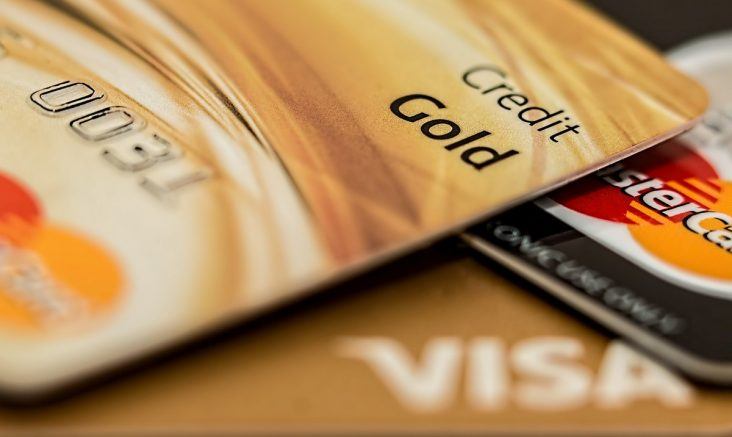Report shows consumers prefer to use debit cards for most purchases
by September 6, 2023 5:18 pm 955 views

A new report from J.D. Power U.S. found debit cards are used by more consumers than any other form of payment at the point of sale, with 78% of consumers saying they use debit cards for the majority of their purchases.
However, the report found consumers on average tend to use at least four different methods of payment at varying times. The report found that 74% said they use cash, 66% use credit cards, 36% that use gift cards, and 28% said they use buy-now-pay-later.
Merchant apps and payment by check were cited by 20% of consumers with just 7% using digital payments like Zelle or PayPal, and only 3% saying they use cryptocurrency. The report found that 55% of consumers used non-traditional payment methods in the past 90 days, with the majority of those being digital payments and buy-now-pay-later options.
“Consumers now use multiple different payment options for dozens of different reasons, mostly correlated with specific needs but sometimes out of basic habit. By analyzing consumer behavior across the different POS payment types, scenarios and consumer personas, we’re able to provide critical insights on what’s driving utilization and what steps brands need to take to scale POS payment products,” said Miles Tullo, managing director, banking and payments at J.D. Power.
Consumer spending has remained resilient despite sustained inflation in many categories. Consumers are more discerning about their purchases with a bigger share of family budgets going to foods and consumables, fuel, entertainment and vacation, while they spend less on apparel, home decor or electronics, according to federal data.
The U.S. Census Bureau reported retail and restaurant sales for July were up 3.2% from the year-ago period. Sales were up 2.3% for the second quarter compared to the same period last year. Stripping out restaurant and gas station purchases, the National Retail Federation reported retail sales were up 3.8% in July over the same period last year. The trade group said retail sales were up 4% in the first seven months of the year. The Consumer Price Index reading in July was 3.2% higher than the same month in 2022, indicating much of the higher spending is from inflationary prices.
An August report from the Federal Reserve Bank of New York found credit card balances increased by $45 billion, from $986 billion in the first quarter of 2023 to a high of $1.03 trillion in the second quarter, marking a 4.6% quarterly increase. Consumers opened 5.48 million new credit card accounts in the quarter for a total of 578.35 million credit lines by the end of July. Aggregate limits on credit card accounts increased by $9 billion and now stand at $4.6 trillion.
The New York Fed reported delinquency rates were roughly flat in the second quarter and remained low, after declining sharply since the beginning of the pandemic. However, the share of new credit card delinquencies increased 0.7%, in the quarter, more than any other credit type. Compared to other debt categories, credit card balances saw the most pronounced worsening in performance, following a period of extraordinarily low delinquency rates during the pandemic, the report stated.
“Credit card balances saw brisk growth in the second quarter,” said Joelle Scally, regional economic principal within the Household and Public Policy Research Division at the New York Fed. “And while delinquency rates have edged up, they appear to have normalized to pre-pandemic levels.”
